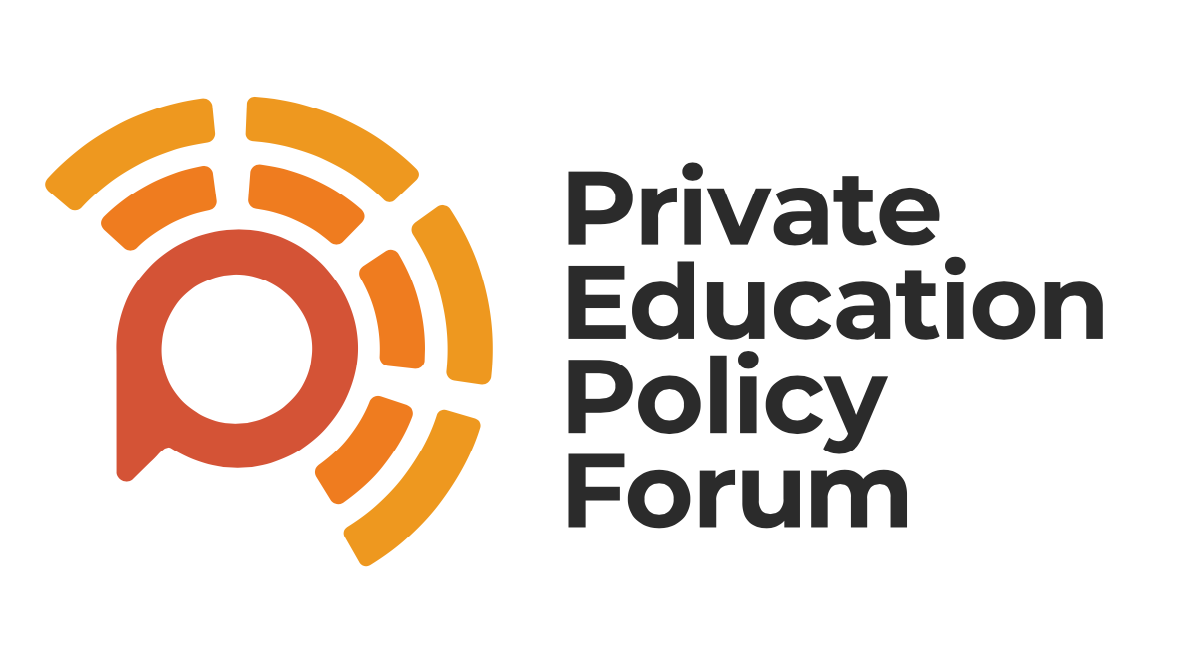Title:
“The Impact of School Inputs on Student Performance: A Study of Private Schools in the United Kingdom.”
Authors:
Graddy, K. and M. Stevens (2005).
Industrial & Labor Relations Review 58(3): 435-451.
WHAT’S IT ABOUT?
There are now several studies which have shown that Britain’s private schooling on average helps improve pupils’ academic performance at both primary and secondary levels.
But private schools vary considerably, especially in how rich they are. This study is one of very few to have looked at this variation.
It asked whether those schools with more staff resources – consequently more teachers per pupils – delivered better academic results for children of similar prior attainment.
METHODOLOGY
The researchers studied data provided by the annual census of the Independent Schools Council, covering the years 1988 to 1994.
They focused on the link between a school’s pupil-teacher ratio and pupils’ A-level performance.
They measured pupil performance in three ways: by the proportions of A level entries graded A, A-B and A-C.
To compare children with similar prior achievement, the researchers controlled for the pupils’ prior performance at GCSEs.
To compare similar students and schools, the researchers included controls for other important characteristics of the pupil body (such as the proportion of new post-GCSE students in the school) and controls for school characteristics, such as the level of teacher turnover.
WHAT ARE THE FINDINGS?
-
The research found that the lower the pupil-teacher ratio, the higher is the pupils’ performance at A levels.
-
A reduction of the pupil-teacher ratio from 10 to 9 would lead to a 4 per cent improvement in the proportion of A grades achieved in the school.
-
On average the pupil-teacher ratio was 10 to 1, roughly half what it was in state schools at the time.
-
But the pupil-teacher ratio varied a great deal – between 7.9 in the most affluent 10 percent of schools, and 14.2 in the least affluent.
The finding provides some general evidence that resources make a difference. They show that parents at the time were right to believe that paying higher fees to put their children into a richer school would be likely to improve their children’s A level results.
By extension the findings help explain why private school pupils on average achieve better than state schools. The large majority of private schools can deploy much greater resources than the average state school.
But this paper is also a reminder that there is considerable variation within the private sector.
WHAT ARE THE LIMITATIONS OF THIS RESEARCH?
Even though the study compares similar pupils between schools, there might be other unseen differences between the pupils at the richer and poorer schools.
The study data is from three decades ago; since then fees have increased faster than inflation and the average pupil-teacher ratio in private schools has become even lower.
Explained by: Francis Green, Professor of Work and Education Economics at UCL Institute of Education



